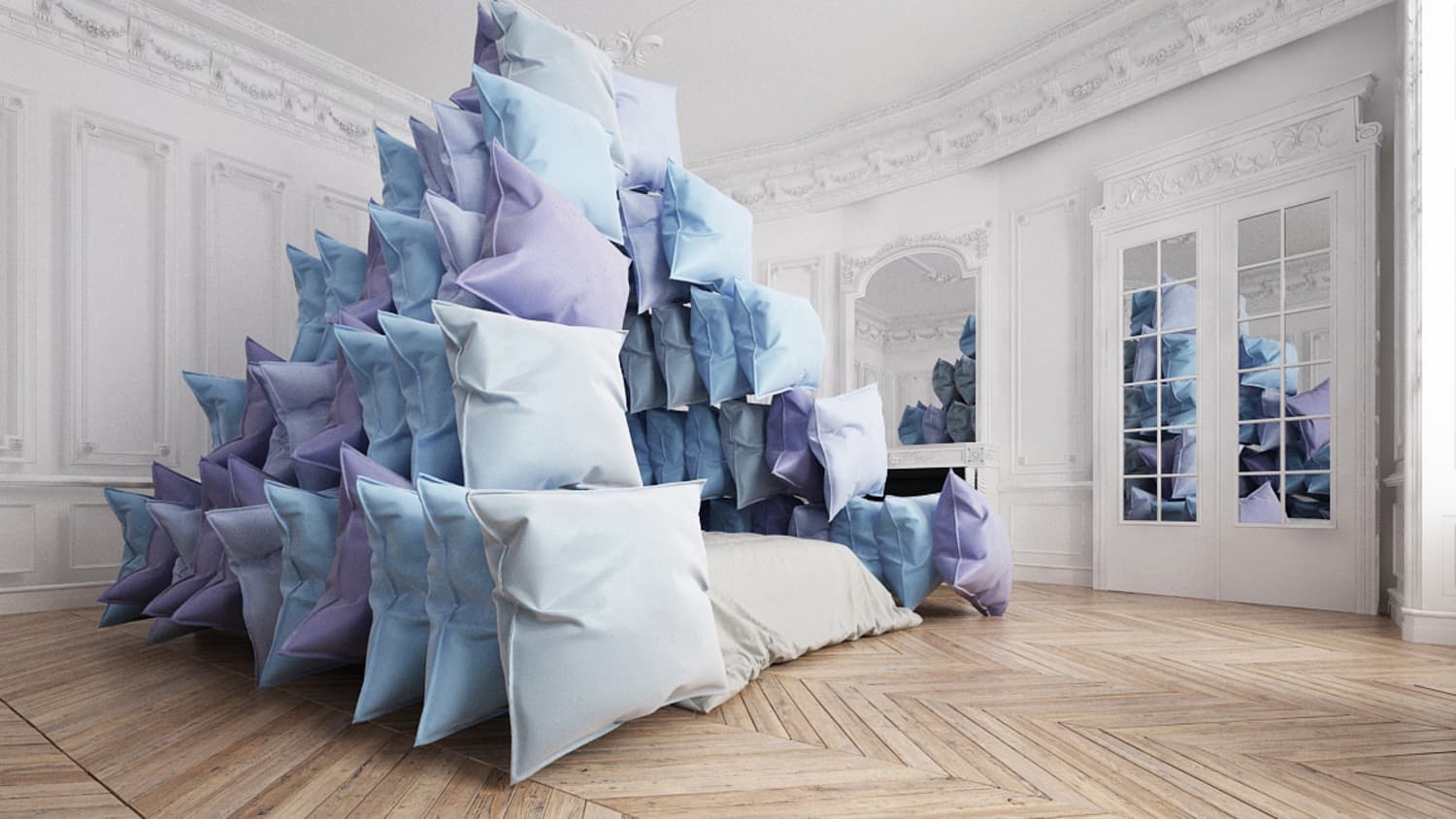Indicators on Top News Sites You Should Know
Indicators on Top News Sites You Should Know
Blog Article
How Unique Art can Save You Time, Stress, and Money.
Table of ContentsHow Unique Art can Save You Time, Stress, and Money.Unique Art for DummiesEverything about Unique Art3 Easy Facts About Unique Art Explained
While one could discuss which art kind holds precedence, the reality remains that each of these seven types provides a special window right into human background, culture, and development. They are the tapestries that chronicle our trip, advising us of our past while motivating visions for the future.Great art work narrates, makes people look two times, and develops an one-of-a-kind experience that can not be matched. Art and illustrations connect all of that through shade, shape and other design elements. Discover just how to make your one-of-a-kind artwork stand out from the crowd.
3 Emil DervishIn this entrance by Emil Dervish that beautiful cobalt blue door swipes the show. To bring much more drama, he extended the paint. to the doorframe and the wall surface up, completing in an arched form. The curves, together with a round sconce, soften the sides - Unique Art. After that frames classic posters and maps of cherished locations set the scene.
8 TRIA GIOVANEqual parts grand and laidback, this entrance hall developed by Anthony Baratta is the best plan to adhere to if you're embellishing a formal entrance that still really feels unfussy and comfy. Formed textiles take center phase (see the carpets and the couch), yet they also help bring the high ceilings to a human scale when hung over wallpaper.
Things about Unique Art
18 Heidi Caillier DesignA gallery wall doesn't require to take up the whole area. Often a little one can make a larger design declaration. In this living area, Hiedi Caillier opted for micro-mini frameworks and an arbitrary make-up.
, the expression of concepts and feelings, with the creation of specific aesthetic qualities, in a two-dimensional visual language. The aspects of this languageits forms, lines, colours, tones, and texturesare used in numerous means to produce feelings of volume, area, movement, and light on a level surface. These aspects are combined into meaningful patterns in order to represent actual or mythological sensations, to translate a narrative motif, or to develop wholly abstract visual connections.
Later on the concept of the "fine artist" developed in Asia and Renaissance Europe. Noticeable painters were paid for the social standing of scholars and courtiers; they signed their job, chose its style and usually its subject and imagery, and established an extra personalif not constantly amicablerelationship with their clients. Throughout the 19th century painters in Western societies began to shed their social placement and safe and secure patronage.
Things about Unique Art
Others made an earnings through visiting events of their job. The demand to attract a marketplace had changed the similar (if much less impersonal) demands of patronage, and its effect on the art itself was most likely similar also. Unique Art. Usually, artists in the 20th century could reach a target market just via commercial galleries and public galleries, although their work might have been periodically duplicated in art periodicals
For the history of paint in old Egypt, see Egyptian art and architecture. The advancement of painting in various regions is dealt with in a number of short articles: Western paint; African art; Main Eastern arts; Chinese painting; Islamic arts; Japanese art; Korean art; Indigenous American art; Nautical art and style; South Asian arts; Southeast Asian arts. For a conversation of the bogus of jobs of art, see imitation. For a discussion of the function of painting and various other arts in religious beliefs, as well as of using religious signs in art, see spiritual meaning and iconography. For details on various other arts associated to paint, see posts such as attracting; individual art; printmaking. It is the feeling of certainty in this formal company that gives a great paint its self-sufficiency and visibility. The colours and placement of the major pictures in a design may be often greatly determined by representational and symbolic factors to consider. It is the official interaction of colours and forms that alone is qualified of communicating a specific mood, generating optical feelings of room, quantity, activity, and useful content light and creating pressures of both consistency and tension, also when a paint's narrative importance is odd.
Do not duplicate the style of other musicians if you're looking for your style. Copying other people's artwork can be fantastic in educational purposes however it will certainly not make you closer to finding your very own unique design. Your artistic design needs to be, what you like and what influences you.

The Buzz on Unique Art
You need to attempt great deals of various alternatives and check out everything before you can concentrate on one specific design or you'll be bored, or even investigate this site worse, you'll despise your own style. So I suggest you to try every topic that you have an interest in, explore as long as you can. Attempt various tools that excite you and new strategies you have actually never attempted prior to.
With time you'll be able to arrange every one of them into your preferred and the very least favored classifications. Try to concentrate your Get More Information interest on the subjects and tools that you like and before you see it coming you'll have your very own individual and unique design, like no person else have! In the end you'll have a few favored subjects to repaint and perhaps a couple of favored mediums.

Report this page